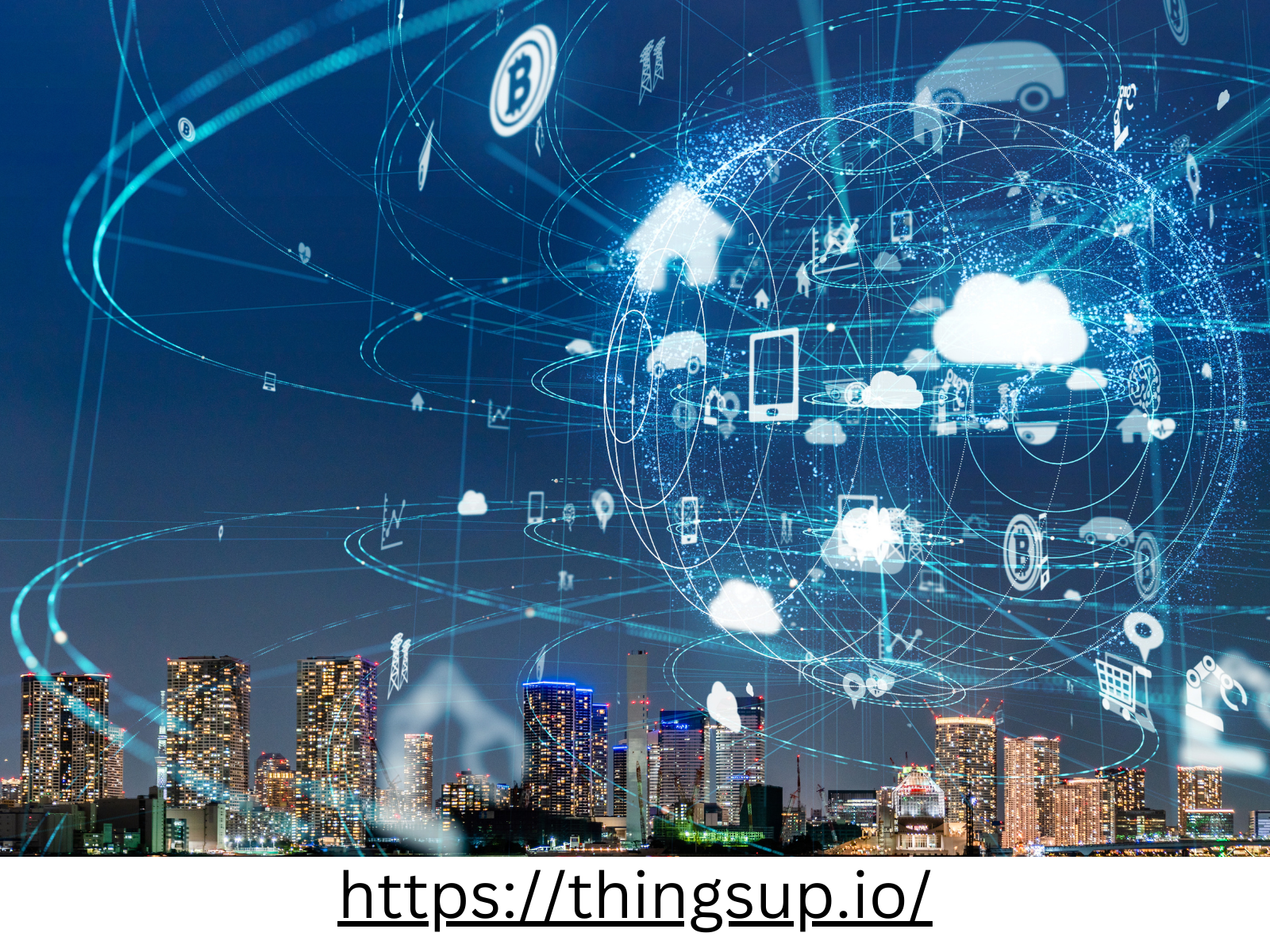
The IoT ecosystem operates in several stages:
1. Data Collection
IoT devices collect data from their surroundings using sensors. This data can include temperature, motion, air quality, or other environmental factors.
2. Data Transmission
The collected data is transmitted to the cloud or a local server via communication networks. The choice of network depends on factors like range, power consumption, and bandwidth requirements.
3. Data Processing and Analysis
Once the data reaches the IoT platform, it is processed and analyzed. AI and machine learning algorithms may be applied to extract insights and automate actions.
4. Action and Automation
Based on the processed data, the system can trigger automated actions. For example:
- A smart thermostat adjusts room temperature based on occupancy.
- A factory’s IoT system detects machine failures and schedules maintenance.
- A smart irrigation system waters plants based on soil moisture levels.
5. User Interaction
IoT platforms provide dashboards or mobile applications where users can view data and control devices remotely. IoT monitoring platforms play a crucial role here by providing real-time analytics, alerts, and performance reports.
Use Cases of IoT in Different Industries
1. Smart Homes
- IoT devices like smart thermostats, security cameras, and lighting systems improve convenience and security.
- IoT platforms allow users to control their homes remotely.
- IoT monitoring platforms provide security alerts and system health reports.
2. Healthcare
- IoT-powered wearable devices monitor patient vitals and send alerts in case of emergencies.
- Hospitals use IoT monitoring platforms to track medical equipment performance and patient health data.
3. Industrial IoT (IIoT)
- Factories use IoT for predictive maintenance and process automation.
- IoT platforms integrate with production systems to optimize operations.
- IoT monitoring platforms detect equipment failures and prevent downtime.
4. Smart Cities
- IoT applications include traffic management, waste management, and public safety.
- IoT monitoring platforms analyze data from cameras, sensors, and infrastructure to improve urban planning.
5. Agriculture
- IoT sensors monitor soil moisture, weather conditions, and crop health.
- Automated irrigation systems use IoT platforms for data-driven decision-making.
- IoT monitoring platforms ensure farming equipment operates efficiently.
Challenges in IoT Implementation
1. Security Risks
With billions of connected devices, IoT systems are vulnerable to cyber threats. Strong encryption, authentication, and IoT monitoring platforms help mitigate risks.
2. Data Management
Handling vast amounts of IoT data requires efficient storage, processing, and analytics, which IoT platforms provide.
3. Connectivity Issues
Network reliability is crucial for IoT operations. Backup connectivity solutions and IoT monitoring platforms help maintain uptime.
4. Integration Complexity
IoT systems must integrate with existing infrastructure. Cloud-based IoT platforms simplify this process by offering APIs and third-party integrations.
The Future of IoT
The future of IoT is driven by advancements in AI, 5G, and edge computing. IoT platforms will become more intelligent, enabling real-time decision-making at the edge. Meanwhile, IoT monitoring platforms will leverage AI to predict failures and enhance security.
Businesses and consumers will increasingly rely on IoT solutions for automation, efficiency, and data-driven insights. As technology evolves, IoT will continue to transform industries and improve everyday life.
Conclusion
IoT is a game-changer in today’s digital world. It enables devices to communicate, analyze data, and automate actions for improved efficiency and convenience. IoT platforms play a critical role in managing device data, while IoT monitoring platforms ensure system reliability and security.
As IoT adoption grows, businesses must invest in robust IoT solutions to stay competitive. Whether it’s smart homes, healthcare, or industrial automation, IoT is shaping the future of technology.
Are you ready to integrate IoT into your business? Explore advanced IoT platforms and IoT monitoring platforms to unlock the full potential of connected technology.